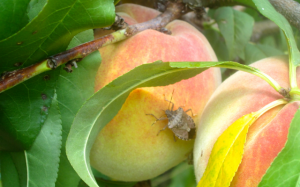During the weeks of May 13-17 and June 3-7, the NJDEP Pesticide Control Compliance and Enforcement will be conducting inspections of NJ farmers who currently or previously reported using soil fumigants, primarily Vapam (metham sodium).
There are about 50 NJ farms reporting fumigant use. These farms will be the targets of the compliance assistance inspections. The inspections are being conducted by NJDEP as non-citation “compliance assistance” in response to changing regulations from US EPA for assuring safety of fumigant application workers by licensed applicator farmers.


